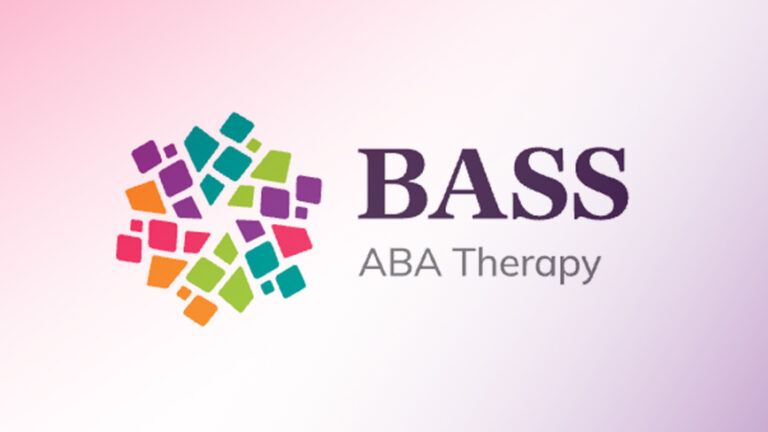Seasonal shifts such as summer vacation, winter break, and major holidays can throw everyone for a loop. Factors such as scheduling complexities and changes in routine can result in complications for clients and their caregivers. As routines change, it’s beneficial, as ABA professionals, to re-evaluate the ways you are extending support to your families. Consider whether your support is meeting the ongoing needs of your clients and families and ensuring continuity of care.
The following information will cover two main areas of consideration during seasonal shifts–seasonal scheduling complexities and areas of enhanced focus during seasonal changes.
Seasonal scheduling considerations
During the summer months and around the holidays, schedules often become much more complex for caregivers to manage. Caregivers may need to balance daycare, therapy, camps, and other activities around their own work and personal schedules. Additionally, families and staff often take vacations and other time off during these times. All of this often leads to changes in therapy and caregiver training schedules.
The most important component to navigating seasonal schedule changes is proactive communication. Be proactive in discussing upcoming schedule changes and caregiver arrangements in advance, to ensure time to develop a plan for continuity of care that works for everyone. While it’s not always possible to accommodate every schedule change, allowing some flexibility in schedule adjustments during seasonal shifts can go a long way in supporting your clients and their families.
Areas of enhanced focus during seasonal changes
With each season comes new challenges and new opportunities for growth. It’s important to review each family’s goals during seasonal shifts to ensure goals are still aligned with the child’s greatest areas of need and the family’s highest priorities.
During these times, pivot to identify and prioritize goals that are most applicable to the areas of challenge that a family is presently experiencing. With the rapid environmental changes and routine shifts that are common during the summer and holidays, increased learner distress is common, which may lead to increases in target behaviors and skill regressions (Screibman & Whalen, 2000). Focusing your efforts on strategies that better support your learners through these times, as well as developing strategies to empower caregivers to support their children can improve outcomes for the whole family.
Enhanced areas of focus during seasonal changes may include:
- New transitions
- Routine changes
- Preparing for camps, family vacations, and other novel experiences
- Summer/seasonal safety
- Supporting caregivers out in the community
Support caregivers during seasonal changes
Each family’s experience is unique. However, seasonal changes tend to bring about increased challenges for most families, especially families of children with autism and other neurodevelopmental differences. During these times, ABA professionals should evaluate the ways they are extending support to their clients and families. Caregiver support in ABA extends beyond individual parent training sessions to include administrative and family systems support.
In our guide, Supporting Caregivers During Seasonal Changes, we look at additional ways ABA professionals can support the families they work with during seasonal shifts, prioritizing goals during the summer and holidays, strategies for caregiver coaching, and ways to leverage technology for improved care.
References
Schreibman, L. & Whalen, C. (2000). The use of video priming to reduce disruptive transition behavior in children with autism. Journal of Positive Behavior Intervention, 2, 3-12.





